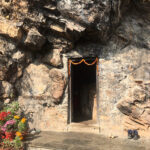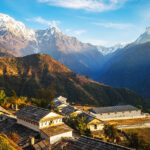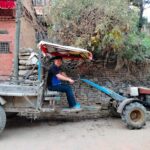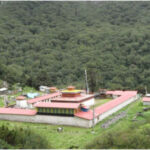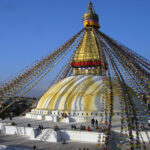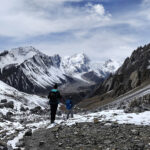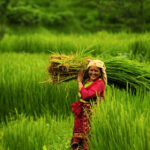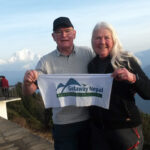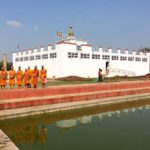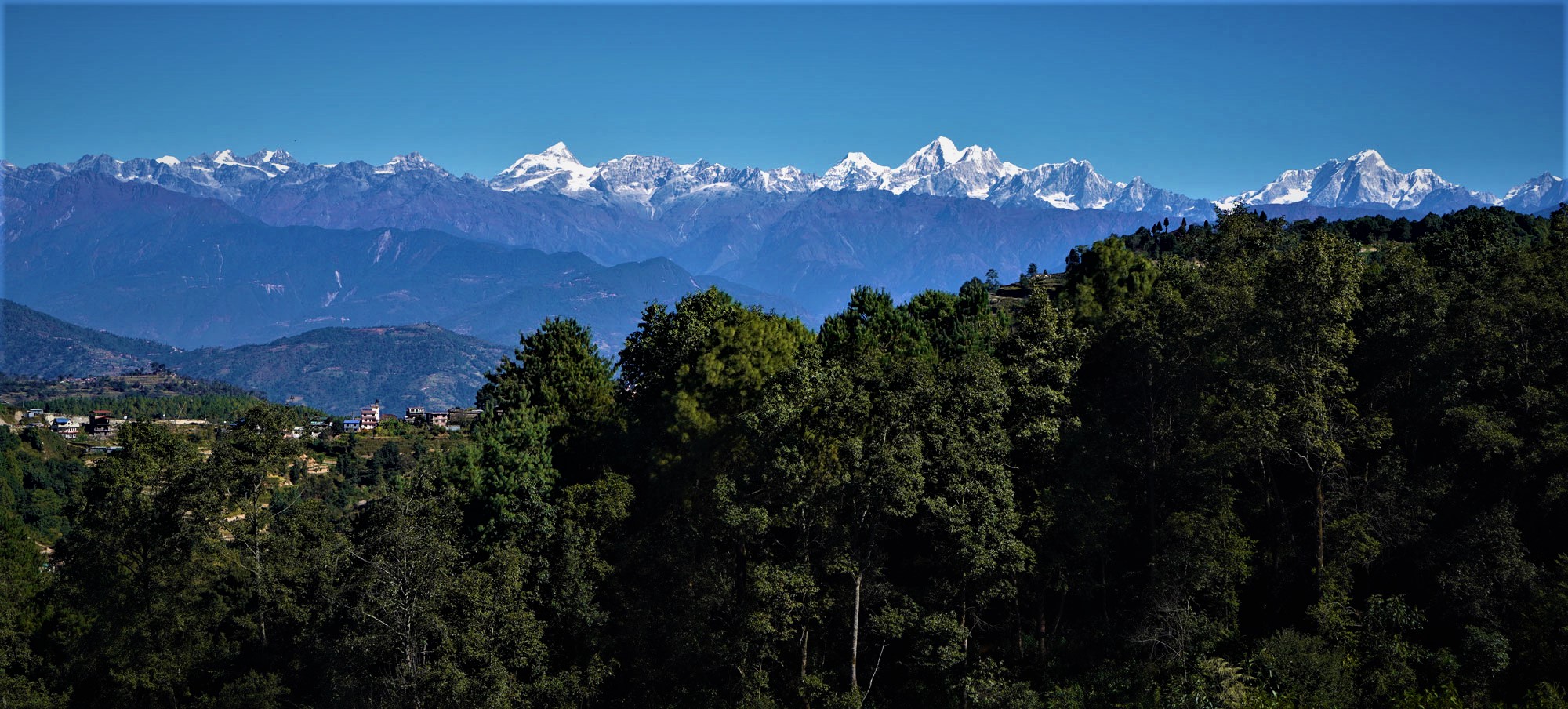
Planning Your Tour and Trekking in Nepal: A Complete Guide
With its towering Himalayan peaks, vibrant culture, and serene landscapes, Nepal is a dream destination for both casual tourists and adventurous trekkers. Whether you’re looking to explore ancient temples in Kathmandu, hike to Everest Base Camp, or simply soak in the panoramic mountain views, planning your Nepal tour and trekking adventure properly is the key to a memorable and hassle-free experience.
Here’s everything you need to know to plan the perfect trip to the heart of the Himalayas.
Why Visit Nepal?
Nepal is a country of rich contrasts. From the bustling streets of Kathmandu to the peaceful trails of the Annapurna region, it offers something for every kind of traveler. Known as the gateway to the Himalayas, it’s home to eight of the world’s ten highest mountains, including Mount Everest. Besides natural beauty, Nepal boasts ancient architecture, sacred temples, unique wildlife, and warm, welcoming people.
Best Time for Trekking and Touring in Nepal
1. Spring (March to May):
One of the best times to trek in Nepal, spring offers clear skies, blooming rhododendrons, and moderate temperatures. Trails are lively but not overcrowded.
2. Autumn (September to November):
Another ideal season with crisp air and stunning visibility. It’s perfect for treks like Everest Base Camp or Annapurna Circuit.
3. Winter (December to February):
Great for lower altitude treks and cultural tours. Snowfall in higher elevations can block some trails, but views are still spectacular.
4. Monsoon (June to August):
Heavy rains and landslides make this the least favorable time for trekking. However, upper Mustang and Dolpo regions lie in the rain shadow and remain accessible.
Choosing the Right Trek for You
Nepal offers a range of trekking options for every fitness level and time frame.
-
Everest Base Camp Trek: Perfect for those looking to get close to the world’s highest peak. Duration: 12–14 days.
-
Annapurna Base Camp or Circuit: Diverse landscapes, teahouse culture, and accessible trails. Duration: 7–20 days.
-
Langtang Valley Trek: Ideal for shorter, less crowded trekking experiences. Duration: 7–10 days.
-
Ghorepani Poon Hill Trek: A short and scenic trek suitable for beginners. Duration: 4–5 days.
-
Luxury Treks & Heli Tours: Combine trekking with high-end lodges or helicopter returns for a comfortable adventure.
Must-See Cultural Destinations
Aside from trekking, Nepal’s cities and towns are rich in history and spiritual tradition.
-
Kathmandu Valley: Visit UNESCO sites like Swayambhunath (Monkey Temple), Pashupatinath Temple, and Bhaktapur Durbar Square.
-
Pokhara: Gateway to the Annapurna region and a serene lakeside city with great adventure sports.
-
Lumbini: The birthplace of Lord Buddha, ideal for spiritual seekers.
Permits and Paperwork
Before setting off, ensure you have the necessary permits:
-
TIMS Card (Trekkers’ Information Management System): Required for most treks (not needed for Everest region).
-
National Park Entry Permits: Varies based on the region (e.g., Sagarmatha, Annapurna).
-
Local Municipality Permits: Like the Khumbu Pasang Lhamu Rural Municipality Permit for Everest treks.
Permits can be obtained in Kathmandu, Pokhara, or at entry points along the trail.
Hiring Guides and Porters
Though independent trekking is possible, hiring a licensed guide or porter is highly recommended, especially for first-timers. Guides enhance your experience with local knowledge, handle logistics, and ensure your safety. Porters can carry up to 25kg, easing your burden and allowing you to enjoy the journey.
Accommodation and Food on the Trail
Trekkers usually stay in teahouses—basic guesthouses offering meals and lodging. Expect simple yet hearty Nepali meals like dal bhat (rice and lentils), momo (dumplings), and noodle soups. Luxury treks offer high-end lodges with hot showers, fine dining, and cozy beds.
What to Pack for Trekking in Nepal
Packing wisely is essential. Here’s a basic checklist:
-
Layered clothing (for varying altitudes and temperatures)
-
Down jacket and waterproof gear
-
Comfortable trekking boots
-
Reusable water bottle and purification tablets
-
Sunscreen, sunglasses, and a hat
-
First-aid kit and necessary medications
-
Lightweight backpack
-
Power bank or solar charger (electricity can be unreliable)
Don’t overpack; laundry facilities are available in some villages.
Health, Safety, and Altitude Acclimatization
Altitude sickness is a serious concern. Always acclimatize properly by:
-
Taking rest days
-
Ascending slowly (no more than 500m per day above 3,000m)
-
Staying hydrated and avoiding alcohol
-
Knowing symptoms like headaches, nausea, and dizziness
Travel insurance with high-altitude coverage and emergency evacuation is a must.
Budgeting for Your Trip
Nepal is affordable, but costs vary depending on comfort and trek length:
-
Budget travelers: $35–$50 per day
-
Mid-range: $60–$110 per day
-
Luxury treks: $200–$500 per day (including heli returns and luxury lodges)
Extras like hot showers, Wi-Fi, snacks, and donations may require cash, so bring some Nepali Rupees.
Final Tips for a Perfect Trip
-
Book flights and hotels early during peak seasons.
-
Respect local customs and dress modestly, especially in religious areas.
-
Carry copies of important documents.
-
Be flexible—weather and altitude can cause delays.
Conclusion
Whether you dream of standing before Mount Everest, wandering ancient temples, or immersing yourself in Sherpa hospitality, Nepal offers unforgettable adventures for every traveler. With proper planning and an open heart, your trek or tour in Nepal will leave you with stories and memories to last a lifetime.

